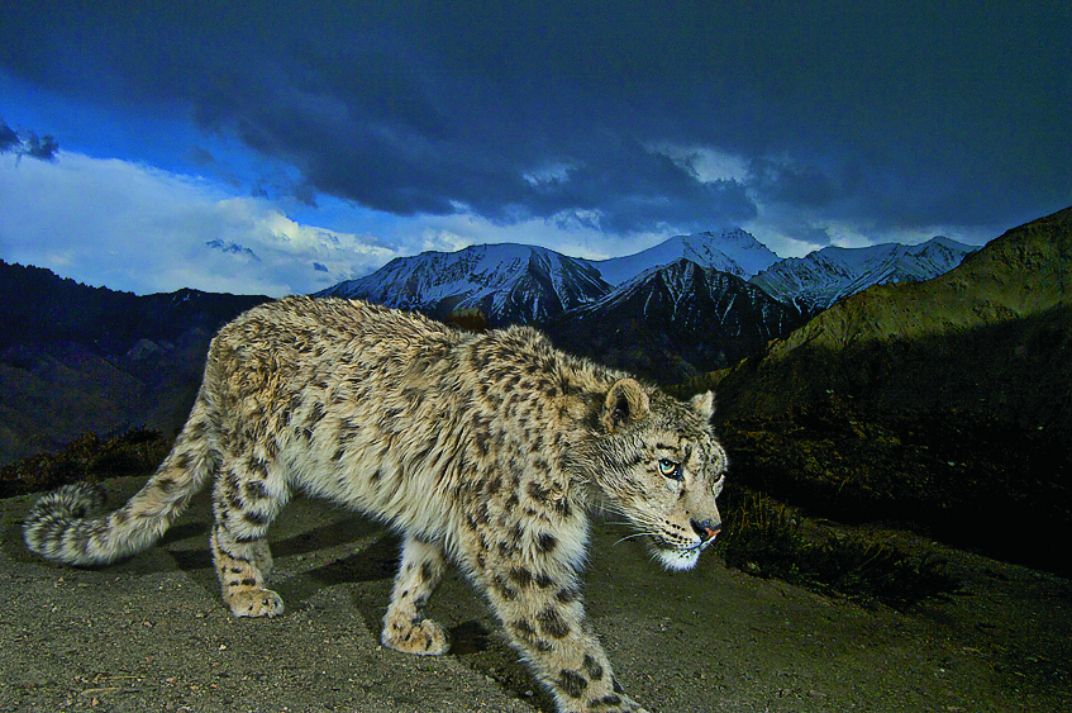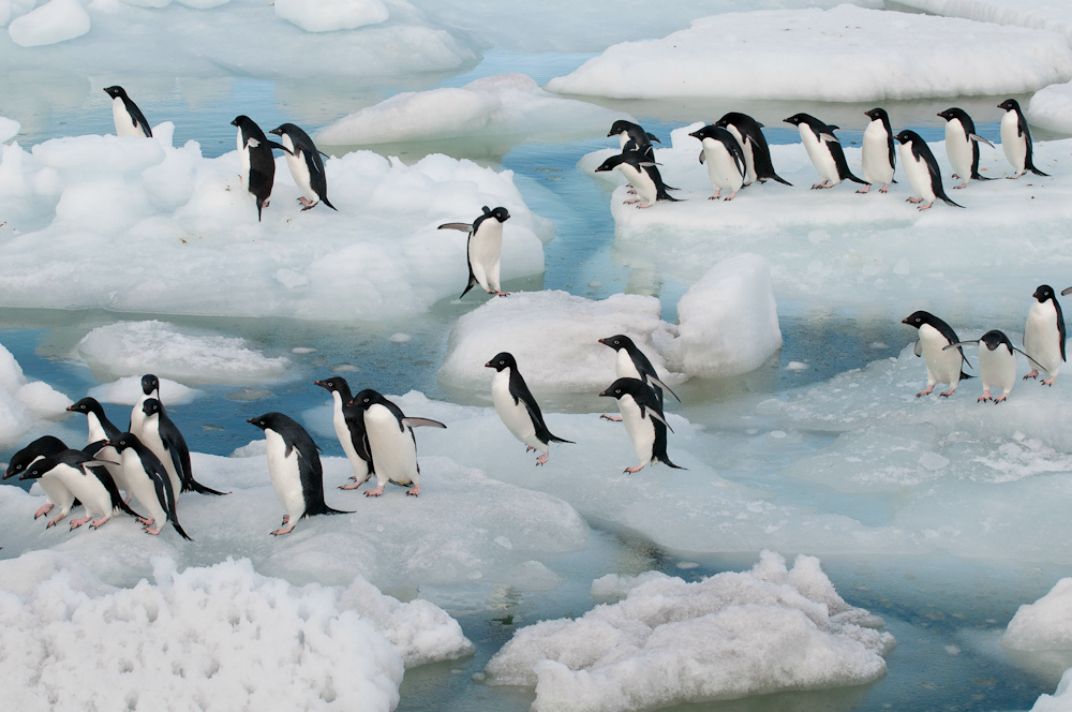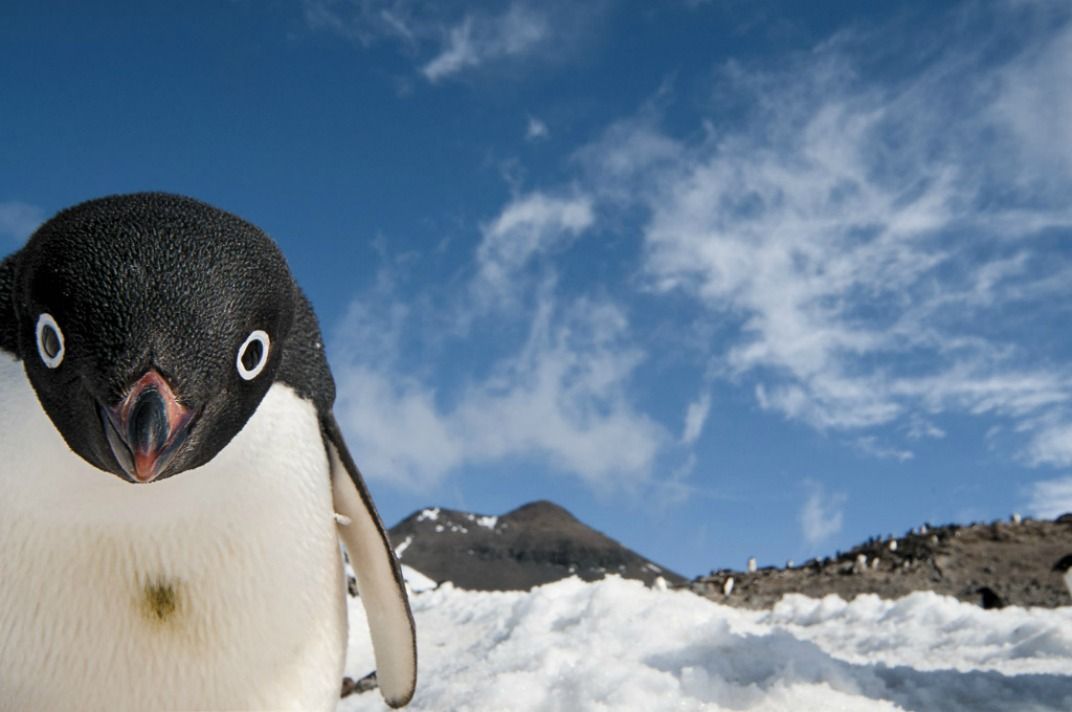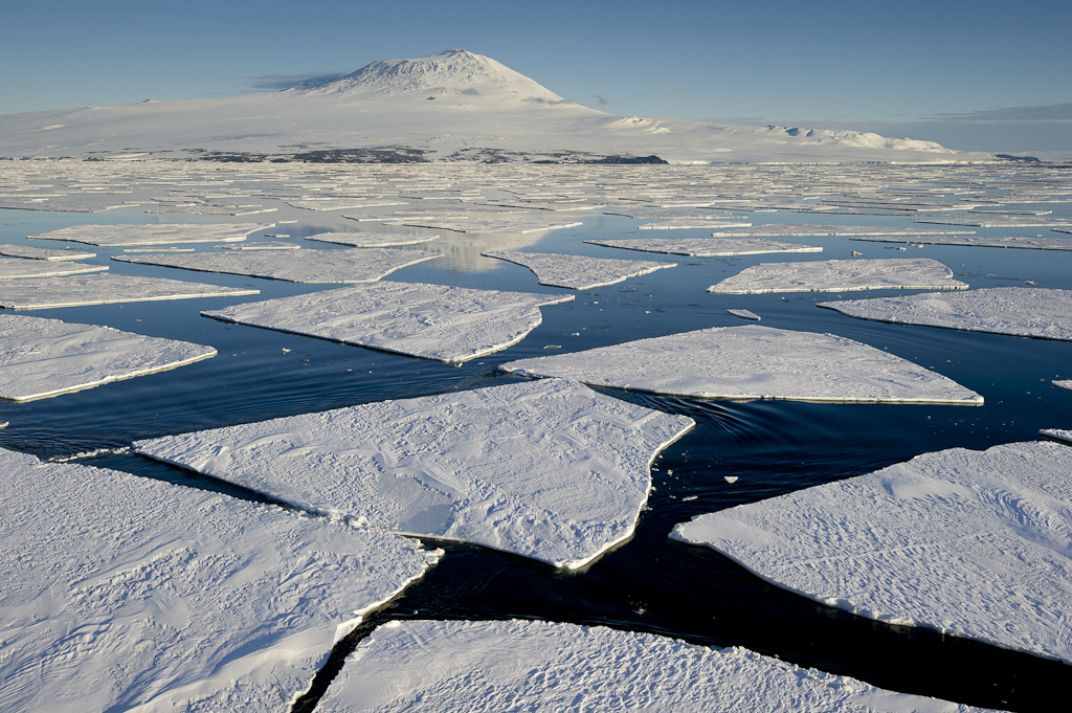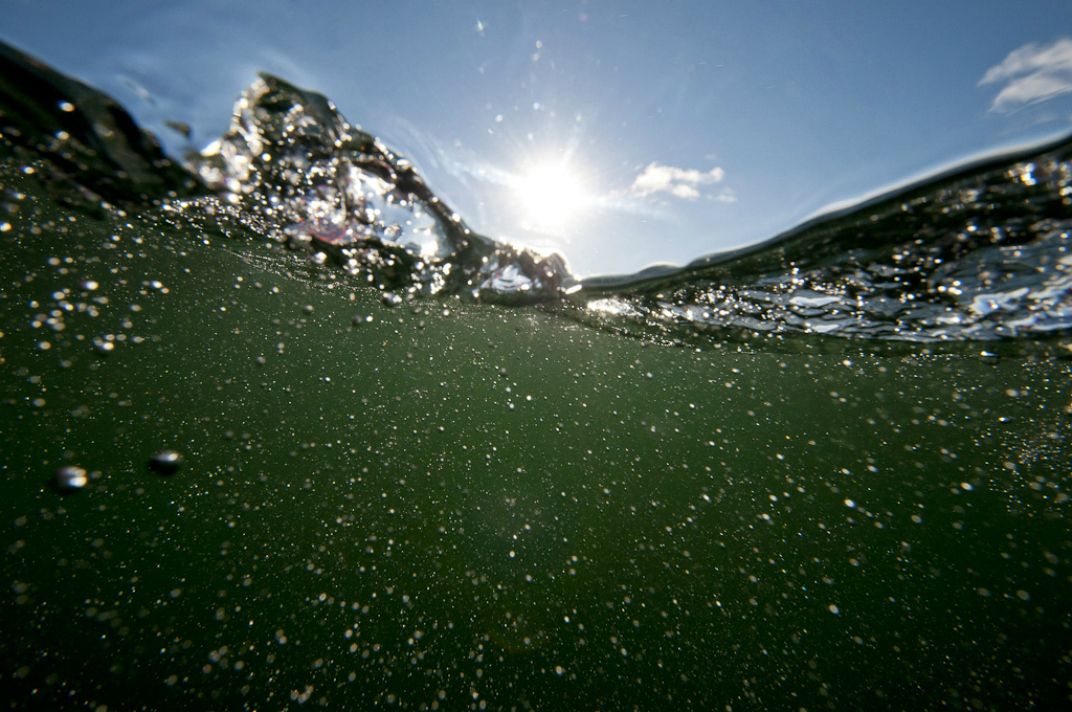Shooting Stars: Steve Winter presents Chris Linder
Linder’s science photography is a throwback to the age of expeditions and adventure
Since my earliest work, I have depended on scientists to help me get the story. I immediately became in awe when I saw them at work in the field. The work is like a throwback—Expeditions! Adventures!—but it’s important to realize that they brave extreme conditions to collect the data we read about in the news. Chris is there with them, so he understands what it takes to get the images to tell the story. We are in the midst of grave environmental problems, but scientists are finding answers. Bringing those answers to the public is our responsibility as conservation photographers. Through our images the wild animals, places and people can have a voice . Chris has done this in the frozen poles. -- Steve Winter
Steve Winter’s wildlife photographs won the 2011 Global Vision Award from Pictures of the Year International. Chris Linder, 39, is based in Seattle.
